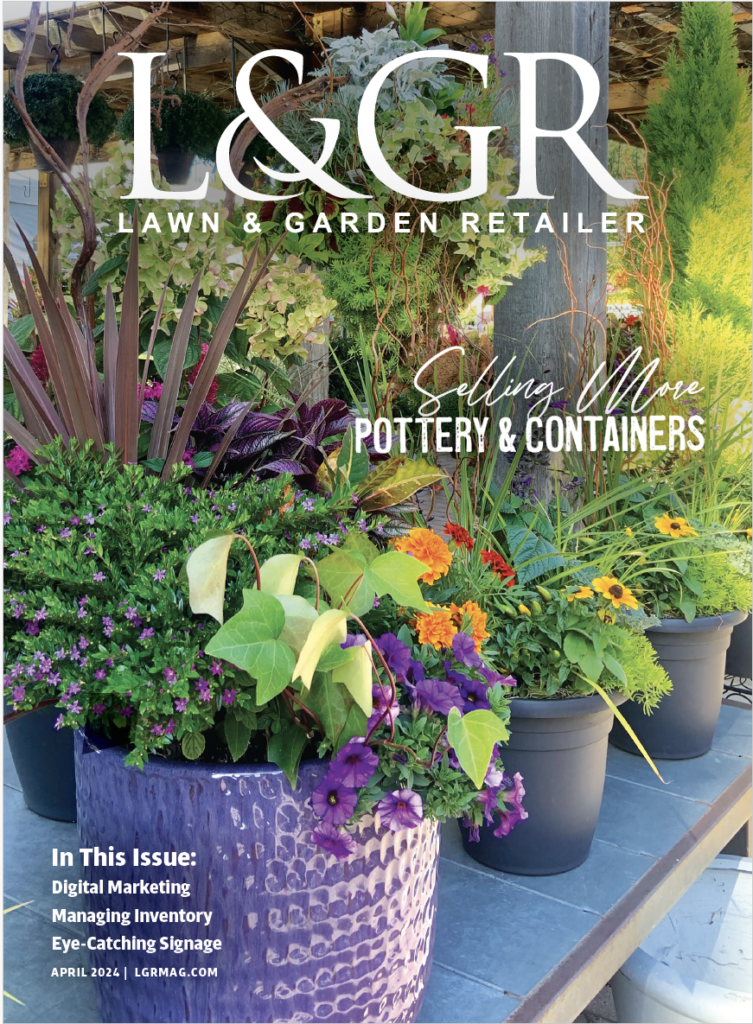Creating Value for Horticulture … where it matters most
We remain in business if we continue to stay different. This may be accomplished by replacing our own products and services with an improved version or replacing them with something entirely different, whether offered to our same base of customers or to a completely different clientele.
It is a natural and legal course of business for products and services to be relegated to those who will strip value from them in order to make and sell them cheaper. Getting good at being different and getting good at becoming the best are hard enough by themselves. Discounting carries with it the risk of also having your remaining value as a producer or retailer undercut yet again. It is a twisted sort of way to add value, yet it dominates our economy because it appeals to the masses of consumers and the mass marketers who are able to make their numbers work with their low prices made up for with great volume.
If your business can’t scale to massive volume, the cheap route is painful. An effort directed toward getting good at being cheap brings with it compounding problems. The trouble most businesses have is they are working near equally at trying to be all three of these unique, best and cheap. There is strong numerical evidence that trying to be all things to all people isn’t working so well for the garden industry. So, I propose, let’s work smarter and harder at becoming unique and best.
Putting value in perspective, consider the difference between the value Americans place on our cars and the value we place on horticulture. (This may be shocking if you haven’t kept up to date, so please sit down before continuing.)
The average out-the-door selling price of a new car has grown to $31,252 according to www.truecar.com and reported in USA Today. The average new car price has continually increased since 2009. The average car payment is over $400 per MONTH.
Are you still sitting?
Meanwhile, for horticulture, the average household expenditure on lawn care, tree care, landscaping and herb, vegetable and container gardening has been on a descent to only $347 per YEAR according to the National Gardening Association.
Apply the disparity between spending on cars and horticulture to what’s happening in your local market rather than national averages, and look at how well you are competing against the local car dealers for money coming from the disposable income of your local customers. We can see the measure of how well horticulture is valued in the local landscape just the same as we can see the value for cars in that same neighborhood. The level of car values in a given area is proportionate to the disposable income in that area. How does the value of the cars compare to the value of the horticulture in the same neighborhood?
The proportion of value is different between neighborhoods with different income levels. But even in neighborhoods dominated with lower priced cars, the residents there spend pretty close to the same amount on their monthly car payment as they do in total annual spending on plants.
All Value Is Local
We must take the lead in showing our own neighbors a higher level of gardening and landscaping so that they too will want to strive to achieve the same as they desire to have the new and latest Bentley, Porsche, Lexus, BMW, Cadillac, Chevrolet, Ford, Kia or Hyundai. Even at the lowest end of this scale, a new car is still a new car and consumers are inspired to own them. Yes, it matters the most to you locally, right where you live and work, and where you make your living. So let’s begin there.
How much do you, personally, spend on plants each year? Yes, I thought so. You fail to practice what you believe also, don’t you? So let’s start
at home with you and me and invest more ourselves. Let’s do it so that we have what we should have the most outstanding landscapes and gardens in town both at home and at our places of business. The shoemaker’s kids should set the style trend and pace, and so should horticultural professionals.
Raise Your Value First
Let’s talk for a moment about leadership and taking responsibility for the value of horticulture products and services in our own local market. We are all leaders at some level. It is time to raise the level of our leadership. Everyone has an opportunity, a place and a responsibility for this. We all do.
It is a bigger picture idea a call to action if you will to choose what professional means all over again. Choose your words and positioning carefully, and invest in your own marketing to promote the benefits associated directly to your products and services.
Professionalism builds value in your local market. Here are three examples.
1. Speak highly of your products and services. Be an ambassador and advocate for your purpose in your community. This goes beyond having
a landscape that is among the best anywhere. Use positive language to promote the value of your product whether in person on the street, in your store, on social media, and where it all begins at home. We are too modest for our own good and must become shameless self-promoters. Our customers are looking for positive reinforcement of the reasons they do business with us. Our prospects are often thinking of doing business with us and have the legitimate question in their head, “Why are they worth it?” Just because they don’t come out and ask the question doesn’t mean they don’t have it. Are you better off letting them answer it themselves with their own limited knowledge of the benefits of your products?
Let’s take a practical step here. A common on-the-street question is, “How are you?” Here’s a better answer than the typical rote reply of “Fine, how are you?” Instead, consider: “I’ll tell you how I am. I’m happier than ever to be the provider of making this town look brighter and better, and I’m ready when you are to help you in the same way.” You’re thinking that is an over- the-top reply and it takes actually saying it to hear how right it is and to see how well the other person will respond. By all means, adapt this to your own comfort and liking and stretch your comfort a bit would you please?
2. Repeat the good news you hear about your product and services. You already receive some level of positive feedback from your customers. What are they telling you that you should be asking them to tell others? Online consumer reviews are the most valuable of all consumer word-of-mouth marketing. Ask customers to rate and review your business on Google, Yelp, etc. The point of purchase decisions are where customers finalize their commitment to invest in your products. Use their quotes in your advertising and on in-store signs. We all want to be as smart as the other guy. This reinforces to other customers why they too are doing business with you.
3. Tell everyone what’s new and different. We know and understand our own differences and take for granted that others know these attributes too. If you provide information and advice on what to plant where, how would people who don’t know that find out about it? If you offer delivery and planting services, how would people who don’t know that find out about it? Spreading this type of information is not limited to people who don’t do business with you.
I’ve found the greatest opportunities are always in getting the customers who have already found value in doing business with you for one reason to discover value in another area they are simply not aware of even though you’ve been doing it for umpteen years already. Rather than advertise prices of nationally known brands, why not invest in spreading the word about what you do best, especially if others do those things poorly or not at all? You know that is a good question, so answer it by changing what you advertise now.
Get Involved and Get the Most Important Things Done
There is no effort as valuable for creating value for the products and services of local businesses as a local network of like-minded business professionals. These communities exist within your Chamber of Commerce, Rotary International, and so on. But each of those has their own purposes. To market your value best you will need to join or create a group of like- minded professionals who will commit to working together to build synergy and to keep your enthusiasm, interest and activities centered on building and adding value collectively as well.
Buy Local programs are often started with enthusiasm and fizzle from lack of commitment and realistic efforts and expectations. However, a well-organized Independent Business Alliance, or IBA such as affiliates of the American Independent Business Alliance, offer proven methods and provide shared resources for improved success. See www.amiba.net for more (and download AMIBA’s free Buy Local Campaign Planner at www.amiba.net/about/primer-form). While these Buy Local efforts can come off as self-serving, avoid the trap of dismissing them on that basis. We all agree many local businesses are not worthy of our business.
Dwelling on that will not help you. Instead, think on the positive benefits you can create and inspire others to create. There is real, short-term and lasting financial benefit from increasing the amount of business exchanged between and with locally owned companies. The two main areas of benefit are sales increases and recirculation of revenue. Increased gross sales occur each year at a substantially greater rate in communities with a local Independent Business Alliance or Buy Local First Network (see figure 1).
The direct, indirect, and induced economic impact of Buy Independent/Buy Local efforts are both substantial and sustainable.
Civic Economics (www.civiceconomics.com) created a compilation of results of nine studies showing the local recirculation of revenue is 48 percent with independent-owned local business as compared to only 13.6 percent of revenue with chain retailers. Now that’s something you can take to the bank as well as to heart. Start by telling your local business peers.
Value unique stories information, solutions, warranty and replacement and exceptional customer service and stay alert for these stories and repeat them often. Differentiate based on being exceptional on service. Remember the service side of the company and use that to your advantage. It is a real advantage over box stores and chains.
The Next Step
In the next issue of Lawn & Garden Retailer, we’ll look further into four categories of specific examples of what you can do to build local value for your company and your products and services. Those categories of differentiation are your products, your people, your place and your customers. You can become exceptional in one or two ways for each one of these, and if you do you’ll be a true professional and a leader for horticulture where it matters most in your local market.

Creating Value for Horticulture: We are all leaders at some level, Sid Raisch says. It is time to raise the level of our leadership. Everyone has an opportunity, a place and a responsibility for this.




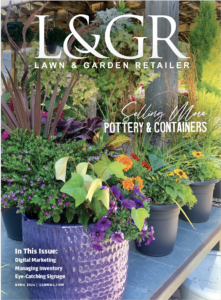
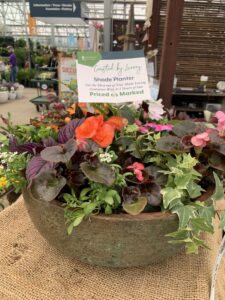

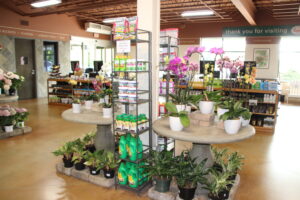



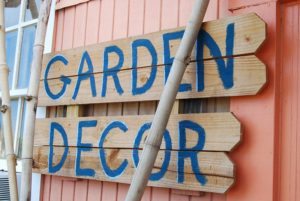
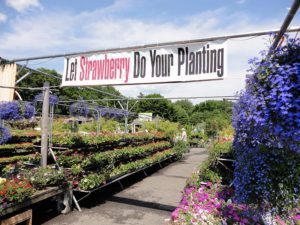




 Videos
Videos




